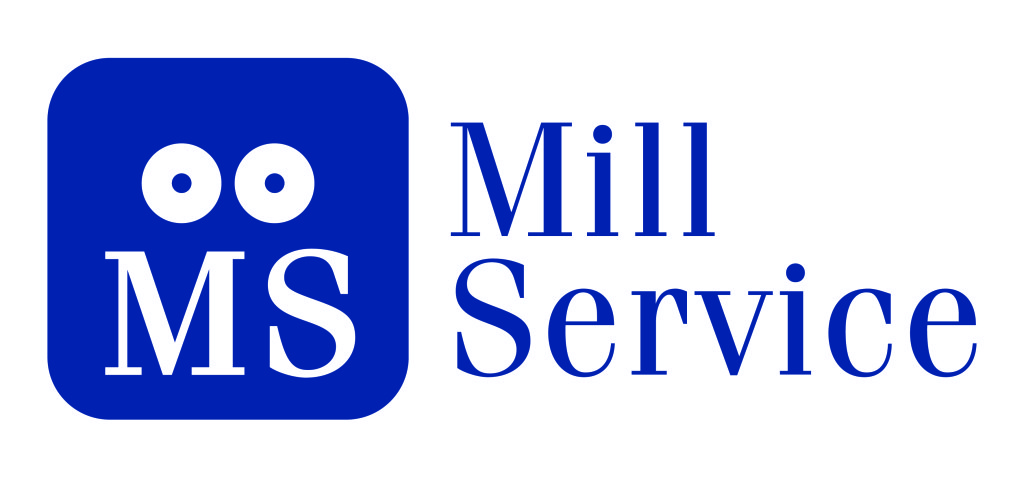

These are the files that I supplied for the Adults only sticky. Make sure that you have the 12v feed to the switch. If you dont have 12v, the switch itself could be bad. Do you have 12v there? If you put it in forward, do you have 12v right after the switch on green? If so, you know you are losing it between shift and drive. If you are engaging forward, and not getting 12 v back to the magnets, you are losing it along the way. When you engage a gear (f or r) 12 v comes from either blue or green, activates the corresponding magnet, and moves into gear. It is important that the outdrive remains properly grounded, via that bonding cable near the port side trunion. All other bytes are assumed to be on the channel indicated by the status byte until another status byte is received.Re: Omc Sterdrive no forward, just reverse gear Only the status byte has the MIDI channel number encoded. MIDI units will accept or ignore a status byte depending on what channel the machine is set to receive. MIDI operates on 16 different channels, numbered 0 through 15. Encoded in the status byte is the MIDI channel. The first byte is the status byte, which tells the MIDI device what function to perform. Each MIDI command has a specific byte sequence. Through a combination of bytes a vast amount of information can be transferred. The basis for MIDI communication is the byte.

More recent applications include using the interface between computers and synthesizers to edit and store sound information for the synthesizer on the computer. In more advanced uses, MIDI information can to indicate the starting and stopping points of a song or the metric position within a song.
At long last asap 4shared how to#
It can tell a synthesizer to change sounds, master volume, modulation devices, and even how to receive information. MIDI information can also be more hardware specific. Other information shared includes the volume and modulation of the note, if any. MIDI information tells a synthesizer, in its most basic mode, when to start and stop playing a specific note. The information exchanged between two MIDI devices is musical in nature. Much in the same way that two computers communicate via modems, two synthesizers communicate via MIDI.

To have a complete understanding of how MIDI works, though, one should learn its history. Fortunately, the average consumer is learning more about the concept of MIDI through articles such as this one. MIDI is a communications protocol that allows electronic musical instruments to interact with each other.Īll too often I have seen misinformed customers browsing through a music store: "Where do you keep your MIDIs?" "I'd like to get a MIDI for my home computer." "I need to get two MIDIs so they can talk to each other, right?" Explaining to customers that they cannot just get a MIDI becomes frustrating to the salesman. But it is NOT a tangible object, a thing to be had. It allows composers to write music that no human could ever perform. It allows musicians to be more creative on stage and in the studio. It is a powerful tool for composers and teachers alike. MIDI stands for Musical Instrument Digital Interface and has been the rage among electronic musicians throughout its six year existence.


 0 kommentar(er)
0 kommentar(er)
